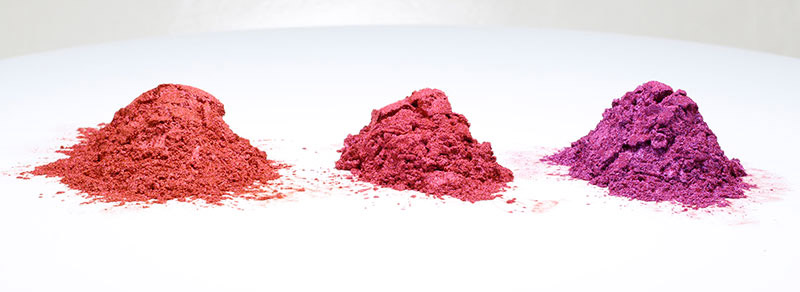 [email protected]
[email protected]
 +86 13965049124
+86 13965049124
 [email protected]
[email protected]
 +86 13965049124
+86 13965049124
categories
recent posts

Optical Microscope Method
Overview:Rapid and intuitive fineness testing method, can observe the pigment size, coloring power, particle morphology, size distribution and flocculation.
Electron Microscope Method
Overview: high resolution, can visualize the size of pigment particles, which has a decisive influence on the transparency, fluidity and color phase of the coating.
Through the above methods, the dispersing performance of pigment can be judged quickly and accurately, which provides an important basis for quality control in coating and printing ink industries.
previous : What is oil absorption of pigments?
next : What is Optical Brightener?
the professional team to service !